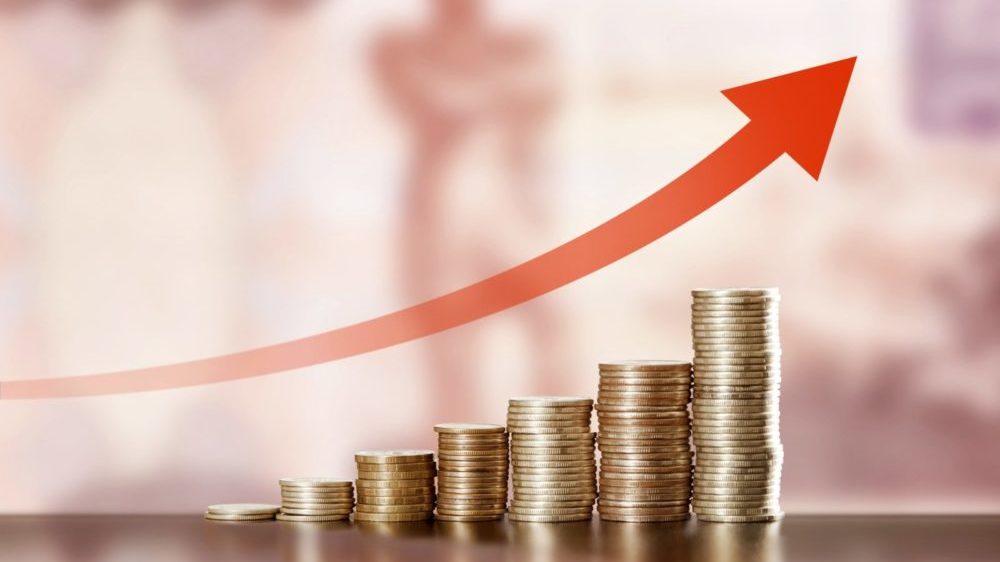Pakistan’s consumer inflation, which is measured through the Consumer Price Index (CPI), soared to 14.6% in January 2020 compared to 12.6% in December 2019 (highest since December 2010 when it was 15.5%) due to a surge in prices of basic food items such as wheat, pulses, and sugar.
According to the Pakistan Bureau of Statistics, inflation was recorded at 5.6% in January 2019 and on a sequential basis, inflation increased by 2.0 percent in January.
According to the Pakistan Bureau of Statistics, higher prices of non-perishables – wheat, sugar, and pulses have contributed the most to the overall inflation in January.
CPI inflation urban increased by 13.41% on a year-on-year (YoY) basis in January 2020, while on a Month on Month (MoM) basis CPI in January 2020 versus December 2019 went up by 1.68 percent. CPI inflation rural increased by 16.3% in January 2020 compared to January 2019, while it increased 2.41% compared to December 2019.
Ossama Rizvi, a geopolitical and economic analyst says:
Pakistan is facing a very difficult situation. We have high inflation rate, but this isn’t due to the fact that our GDP is growing rather it isn’t. We have unemployment and consumption is getting hindered by both the factors. This problem of Stagflation cannot be tackled using a single policy tool i.e. Only interest rates. We need to have expansionary fiscal policy but at the same use price controls to curb CPI that contributes most to the overall inflation.
Price Changes For Individual Items
Prices of the following commodities on an MoM basis witnessed an increase:
Pulse Moong 19.74 percent, pulse gram 18.2 percent, chicken 17.53 percent, eggs 14.28 percent, wheat 12.63 percent, Besan 12.09 percent, fresh vegetables 11.7 percent, pulse Mash 10.29 percent, Gur 9.49 percent, beans 8.09 percent, wheat flour 7.42 percent, pulse Masoor 7.33 percent, condiments and spices 7.15 percent, gram whole 6.68 percent, sugar 5.07 percent, fresh fruits 3.93 percent, mustard oil 2.87 percent, wheat products 2.64 percent, vegetable ghee 2.18 percent, rice 1.2 percent, fish 1.19 percent, and dry fruits 1.09 percent.
Prices of the following food items witnessed a decrease during the same period: onions 18.37 percent, tomatoes 8.36 percent, and potatoes 3.69 percent. On monthly basis, prices of following non-food items increased: liquefied hydrocarbons 26.17 percent, marriage hall charges 5.58 percent, woolen cloth 3.08 percent, woolen readymade garments 2.51 percent, motor fuel 1.94 percent, house rent 1.88 percent, tailoring 1.4 percent, and doctor (MBBS) clinic fee 1.32 percent.
YoY the cost of tomatoes rose 157.72 percent, onions 125.32 percent, vegetables 93.6 percent, potatoes87.3 percent, sugar 26.29%, wheat flour 24.06%, eggs 18.05 percent, cooking oil 15.44 percent and meat 13.43 percent.
According to PBS, on an MoM basis price of the following non-food items decreased: electricity 2.18 percent.
The International Monetary Fund has estimated that the country’s inflation may rise as high as 13%, but the government estimates that it will remain within the range of 11-13% for the current fiscal year.
The Asian Development Bank projected annual inflation in Pakistan at 12%.



























Thank you Imran Khan.
You make the history! fastest growing inflation rate.
you break the PPP records.